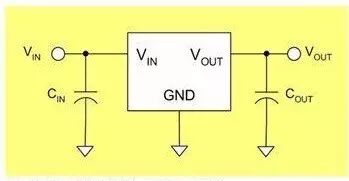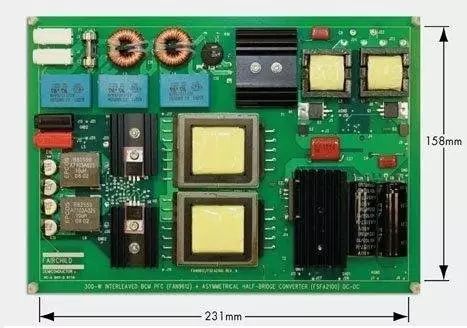Do you know the difference between LDO and DC-DC devices
Time:2024-02-21
Views:310
Basic concepts
It can be understood as follows: DCDC means direct current to direct current (conversion of different DC power values), and as long as it meets this definition, it can be called a DC-DC converter, including LDO. But the general saying is that the device that converts DC to DC through switching is called DCDC.
Introduction to LDO
LDO means low voltage drop, and there is a paragraph explaining that low voltage drop (LDO) linear regulators have outstanding advantages such as low cost, low noise, and low static current. It also requires very few external components, usually only one or two bypass capacitors. The new LDO linear regulator can achieve the following indicators: output noise 30 μ V. PSRR is 60dB, static current is 6 μ A. The voltage drop is only 100mV. The main reason why the performance of LDO linear regulators can reach this level is that the tuning transistor used is a P-channel MOSFET, while ordinary linear regulators use PNP transistors. P-channel MOSFETs are voltage driven and do not require current, greatly reducing the current consumed by the device itself; On the other hand, in circuits using PNP transistors, in order to prevent the PNP transistor from entering a saturation state and reducing output capacity, the voltage drop between input and output should not be too low; The voltage drop on the P-channel MOSFET is roughly equal to the product of the output current and the conduction resistance. Due to the small conduction resistance of MOSFET, the voltage drop above it is very low.

If the input voltage and output voltage are very close, it is best to choose an LDO regulator, which can achieve high efficiency. Therefore, in the application of converting lithium-ion battery voltage to 3V output voltage, LDO regulators are mostly used. Although 10% of the battery‘s energy is not used in the end, LDO regulators can still ensure that the battery operates for a longer time and has lower noise.
If the input voltage and output voltage are not very close, a switch type DCDC should be considered. As can be seen from the above principle, the input current of LDO is basically equal to the output current. If the voltage drop is too large, the energy consumption on LDO is too high, and the efficiency is not high.
Introduction to DC-DC Converter
The DC-DC converter includes boost, buck, boost/buck, and inverse equality circuits. The advantages of DC-DC converters are high efficiency, the ability to output large currents, and low static currents. With the improvement of integration, many new DC-DC converters only require a few external inductors and filtering capacitors. However, the output ripple and switching noise of this type of power controller are relatively high, and the cost is relatively high.

In recent years, with the development of semiconductor technology, the cost of surface mounted inductors, capacitors, and highly integrated power control chips has been continuously reduced, and their volume is becoming smaller and smaller. Due to the emergence of MOSFETs with very low conduction resistance, they can output high power and therefore do not require external high-power FETs. For example, for an input voltage of 3V, a 5V/2A output can be obtained using the NFET on the chip. Secondly, for small and medium-sized power applications, low-cost small packages can be used. In addition, if the switching frequency is increased to 1MHz, it can also reduce costs and use small-sized inductors and capacitors. Some new devices also add many new functions, such as soft start, current limiting, PFM or PWM mode selection, etc.
In general, it is necessary to choose DCDC for boost, and whether to choose DCDC or LDO for boost depends on cost, efficiency, noise, and performance comparison.
Comparison between LDO and DC/DC
Firstly, in terms of efficiency, the efficiency of DC/DC is generally much higher than that of LDO, which is determined by its working principle
Secondly, DC/DC has Boost, Buck, Boost/Buck (some people also classify Charge Pump as such), while LDO only has a buck type
Once again, it is also very important to note that DC/DC has a high power noise due to its switching frequency, which is much larger than LDO. You can pay attention to the parameter PSRR. Therefore, when considering sensitive analog circuits, it is possible to sacrifice efficiency to ensure the purity of the power supply and choose LDO.
Additionally, LDO typically requires simple peripheral devices with a small footprint, while DC/DC typically requires inductors, diodes, large capacitors, and some even MOSFETs, especially Boost circuits, which require consideration of the maximum operating current of the inductor, reverse recovery time of the diode, ESR of the large capacitor, and so on. Therefore, in terms of selecting peripheral devices, LDO is more complex and the footprint is correspondingly much larger.
|
Disclaimer: This article is transferred from other platforms and does not represent the views and positions of this site. If there is any infringement or objection, please contact us to delete it. thank you! |











